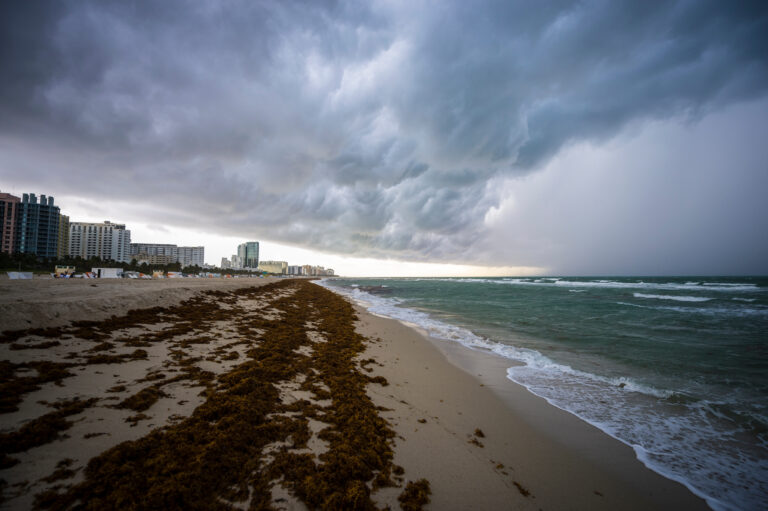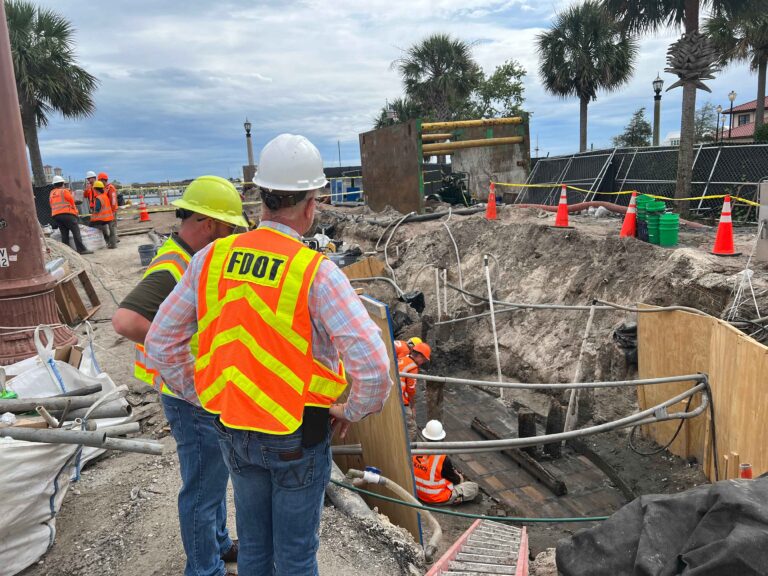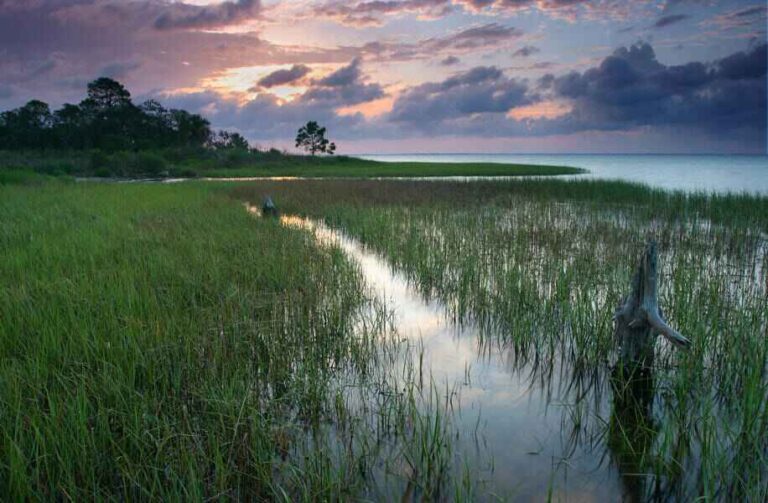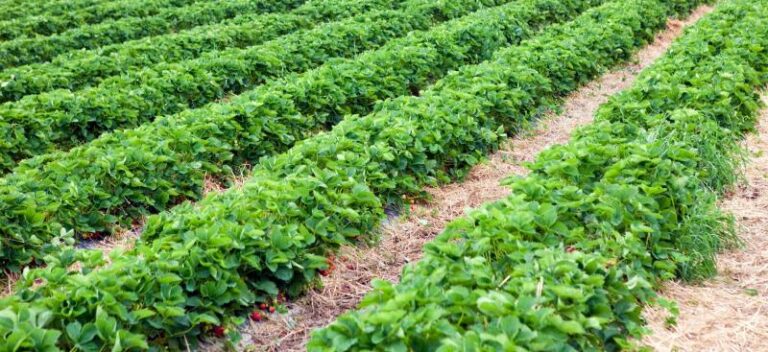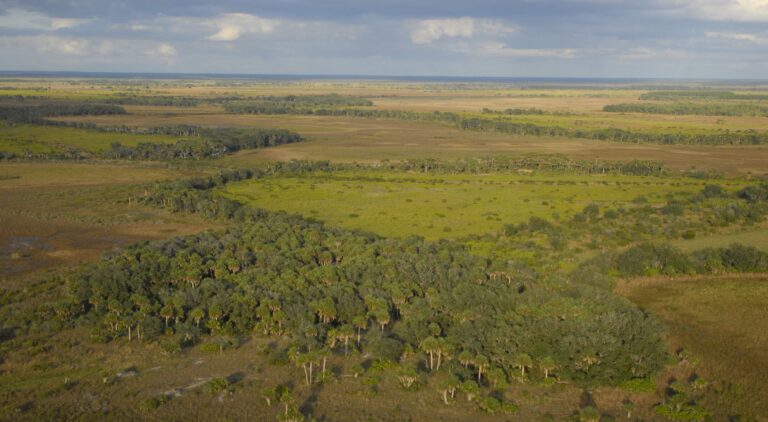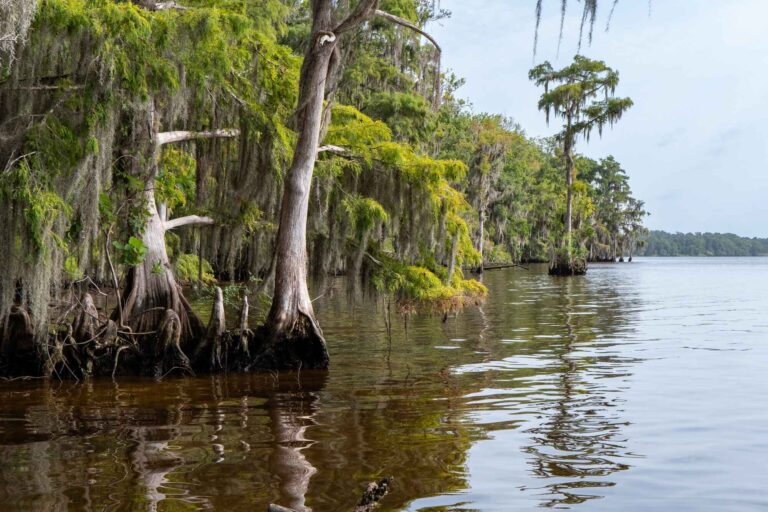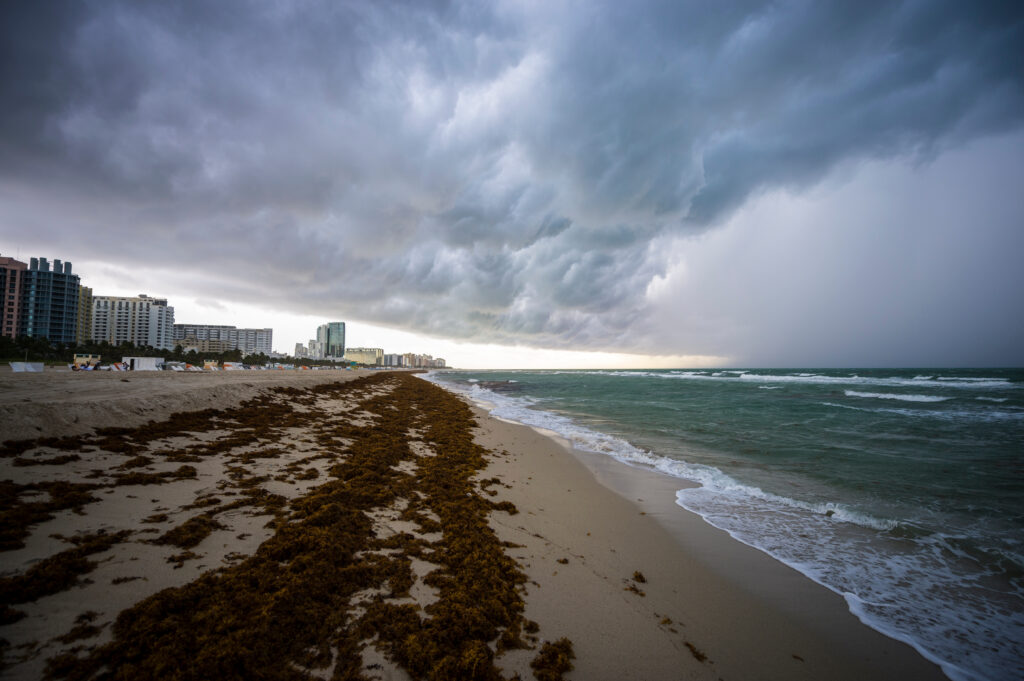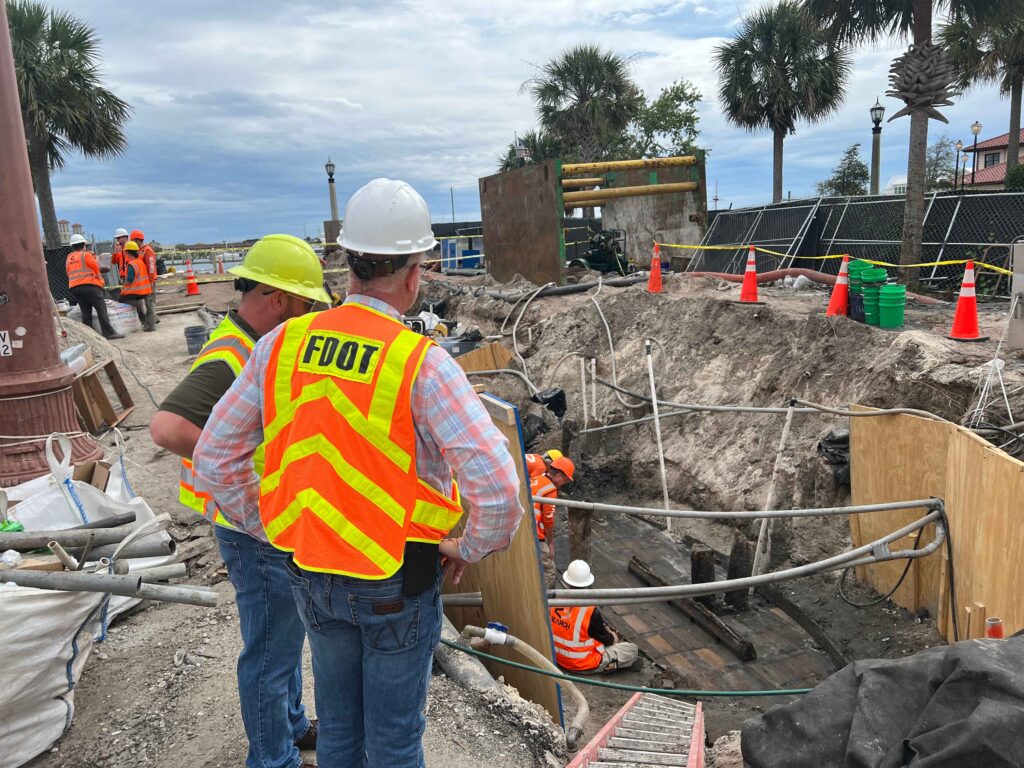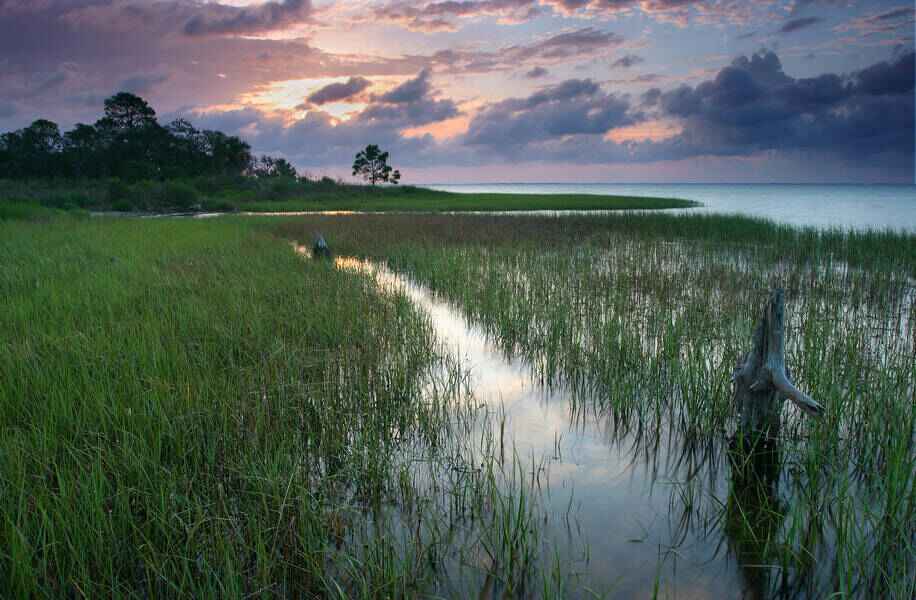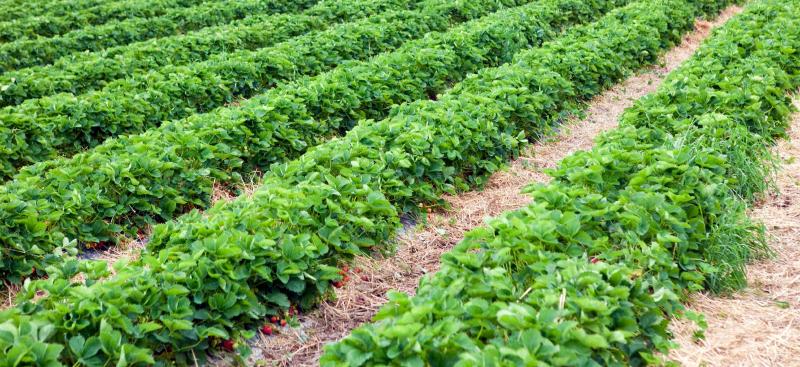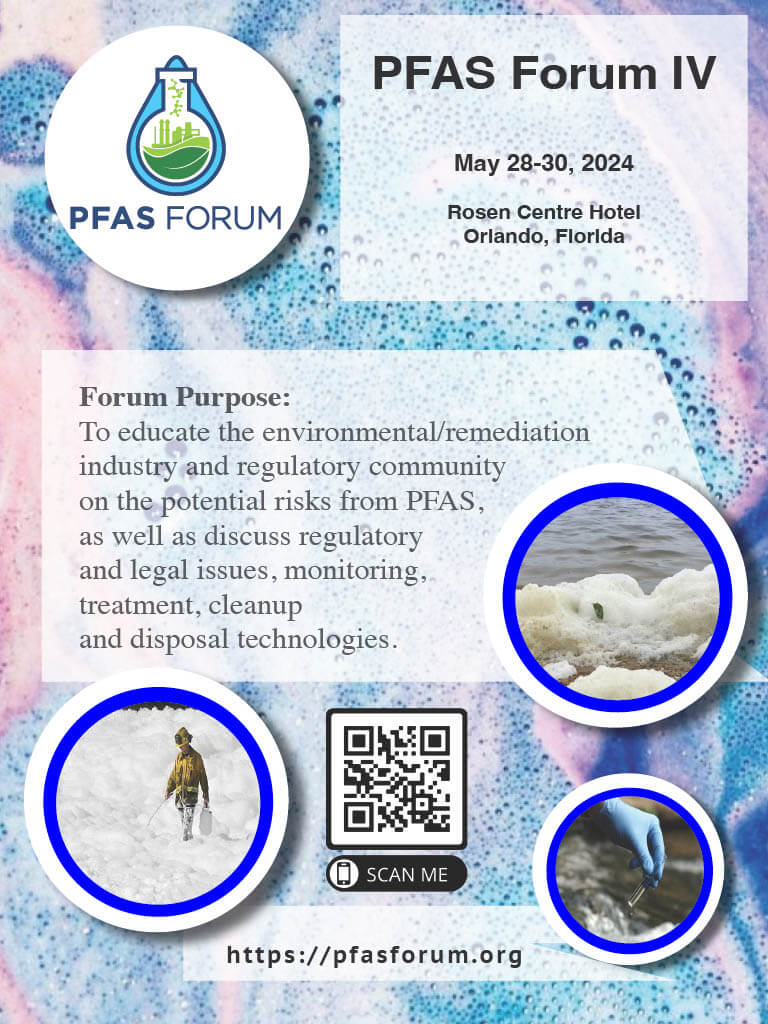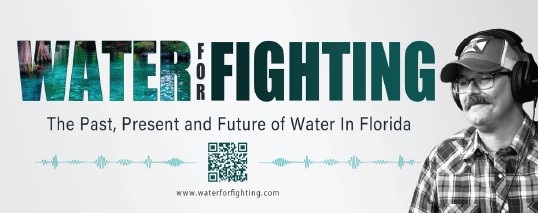St. Johns Riverkeeper Releases 2024 SAVe Our Rivers Grasses Report
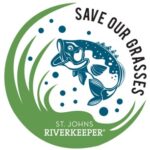
St. Johns Riverkeeper recently released the SAVe Our Rivers Grasses 2024 Expedition Report, covering the second year of observation of the presence and condition of submerged aquatic vegetation (SAV) in the St. Johns River. The report details the Riverkeeper’s findings in 2024.
The Riverkeeper launched the SAVe Our River’s Grasses Expedition: a five-year effort seeking answers and solutions to the disappearing submerged aquatic vegetation of the St. Johns River in May 2023. The organization completed three field visits in 2024, surveying an 80-mile stretch of the river from Doctors Lake to Lake George searching for remaining grass beds, taking measurements, conducting water quality testing, and seeking solutions to restore vital habitat.
Researchers also met with riverfront residents, fishermen, scientists, and community leaders to augment the data collected with the observations of those who have lived on, explored, fished, or studied the river for decades.
The program identifies SAV as the foundation of the river’s health noting SAV provides biofiltration, habitat & food for both commercial & recreational aquatic species, erosion protection, oxygenation of the water column, carbon sequestration & storage, and more. The Riverkeeper’s effort acknowledges themounting threats and stress on SAV resulting in the near demise of the river’s submerged grasses.
The Riverkeeper will continue to return to the field throughout the SAV growing season (March – October) each year for the planned total of five years to identify solutions to reverse this devastating loss of SAV.
District Governing Board Re-Elects Current Officers
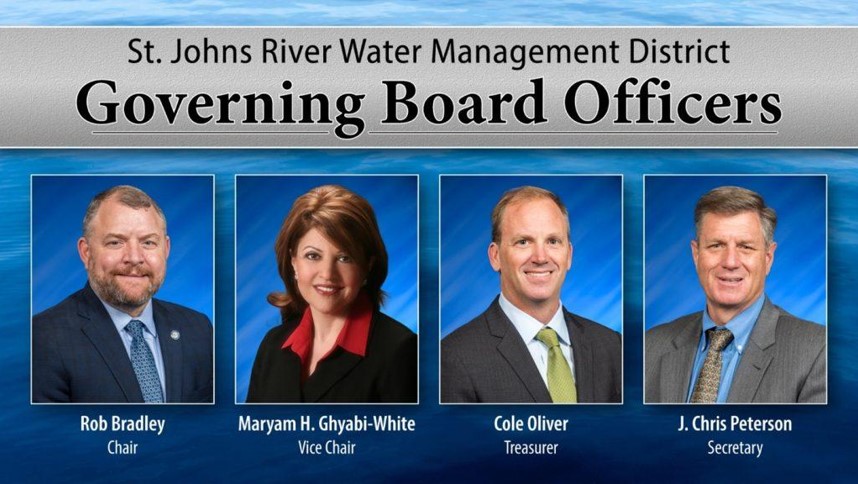
Emphasizing consistent leadership, the St. Johns River Water Management District’s Governing Board re-elected former Sen. Rob Bradley of Fleming Island to serve as its chair. The Board also elected Maryam Ghyabi-White of Ormond Beach to serve as vice chair; Cole Oliver of Merritt Island as treasurer; and J. Chris Peterson of Winter Park as secretary.
The nine appointed members of the Governing Board collaborate with District staff and engage the public monthly to develop policies guiding water conservation, flood protection and the preservation of Florida’s springs across the District’s 18-county region. The board members embody expertise in agriculture, environmental protection, consulting, geology, business, recreation, transportation, and law.
Each Board member is appointed by the governor and serves for a four-year term without pay.
New 10-year Land Management Plan for the Lake Apopka North Shore on the Way
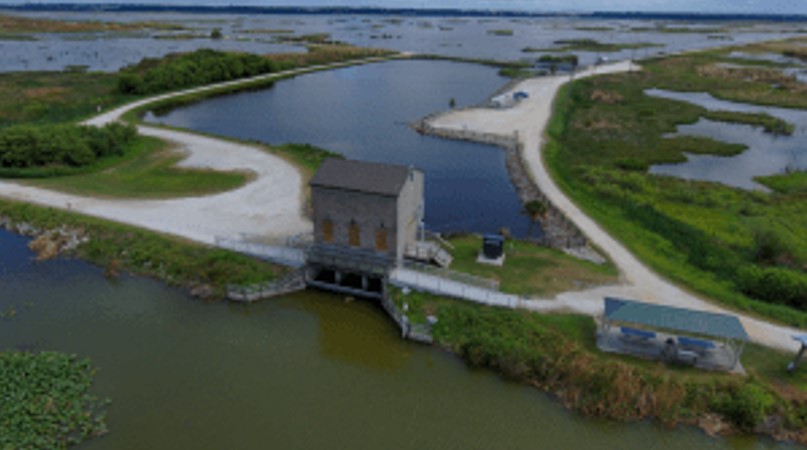
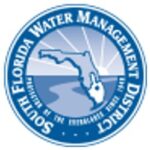
The St. Johns River Water Management District is wrapping up public involvement for the draft 10-year Land Management Plan for the Lake Apopka North Shore. The Plan provides the goals and strategies for the implementation of land management activities within the North Shore through 2034.
District staff consulted with a variety of stakeholders prior to and throughout the development of the plan. A sixteen-member Management Advisory Group (MAG) was convened in February 2024 to initiate the plan update. The objective of the MAG meeting was to collect suggestions regarding management goals, strategies, opportunities, and constraints to include in the Plan.
The District is lead manager of the North Shore. The Plan updates the Governing Board-approved January 2013 land management plan. The Lake Apopka North Shore lands will continue to be actively managed as marsh systems for the restoration of the water resources of Lake Apopka. The focus of the District’s ongoing efforts are to manage phosphorus (P), water availability, flood protection, and residual organochlorine pesticide (OCP) exposure.
North Shore marshes provide habitat for fish and wildlife including numerous species of migratory and resident birds. The uplands will be managed to improve important habitat that supports a suite of Florida endemics and numerous listed species, including several rare plants. Recreational opportunities will continue to be developed with the goal of providing public access that is compatible with resource management and restoration objectives.
2024 Lower Kissimmee Basin Water Supply Plan Update Completed
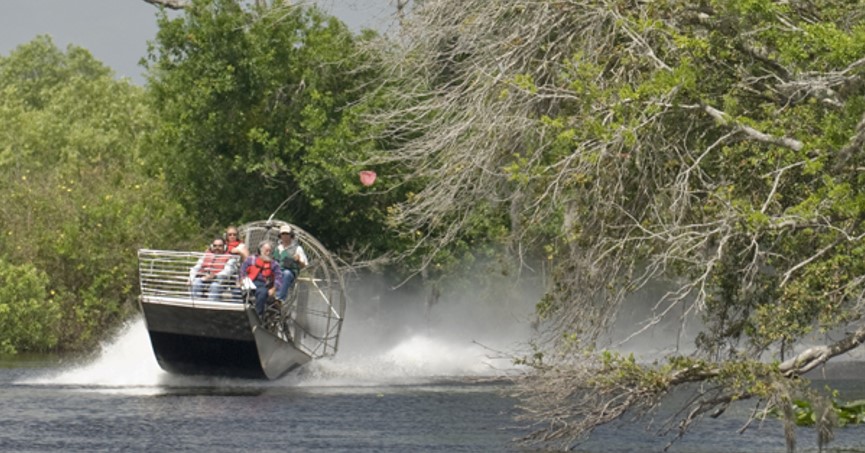
The South Florida Water Management District has completed the 2024 Lower Kissimmee Basin Water Supply Plan. The Plan was presented to the governing board in December. The 1,805 square mile Lower Kissimmee Basin Water Supply Planning Area includes portions of Glades, Okeechobee, and Highlands counties and the Seminole Tribe of Florida’s Brighton Reservation.
The District developed the 2024 update to estimate projected water demands and assess potential water supply sources from 2022 to 2045. The planning area supports a large agricultural industry which is a substantial part of the regional economy. Meetings and workshops were held with water users, local and tribal governments, and utilities as well as agricultural industry and environmental representatives to solicit input, provide information about planning results, and receive comments on draft sections of the plan update.
The plan update will be used by local governments, water users, and utilities for planning and to update local work plans and ordinances. Local governments must amend their Comprehensive Plan to update the Water Supply Facilities Work Plan within eighteen months of the approval of the plan. Work Plans will be due in June 2026. Utilities will need to identify projects to be developed and submit Utility annual progress reports.
The update is available at FINAL DRAFT 2024 Lower Kissimmee Basin Water Supply Plan Update
UF/IFAS Develop Method for detecting DNA of Invasive Snakes in Florida
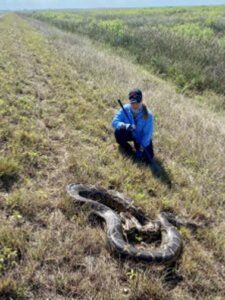
UF/IFAS announced scientists at the University of Florida have developed a DNA-based environmental monitoring test that can pinpoint where an invasive snake has been. This new tool will help advance Florida’s defenses against invasive species.
“We hope this novel eDNA sampling tool we have designed will help increase efficiency in invasive species management, allowing for early detection and rapid removal of nonnative species,” Melissa Miller, lead author of the study notes.
The new test is known as a tetraplex digital PCR assay, and it can identify four invasive snake species simultaneously. This method of testing allows researchers to use water or soil samples for rapid and precise identification of Burmese pythons, northern African pythons, boa constrictors and rainbow boas from environmental DNA (eDNA) collected in the wild.
eDNA refers to genetic material shed by organisms into their surroundings. The method is published in the journal of Ecology and Evolution. UF’s Institute of Food and Agricultural Sciences identifies this as a significant advancement in detecting invasive snakes and a strategic tool for protecting Florida’s ecosystems.
The UF/IFAS blog states more than fifty nonnative reptile species are now established across the state, many posing severe threats to agriculture, native ecosystems, public safety, and the state’s economy. The test was designed to operate seamlessly in Florida’s varied and challenging environments, from dense Everglades habitats to urban areas where non-native constrictors are now found.
Central and Southern Florida Flood Resiliency Study Underway

The South Florida Water Management District, in partnership with the U.S. Army Corps of Engineers – Jacksonville District, the Florida Department of Environmental Protection and Broward County, is advancing the Central and Southern Florida Flood Resiliency Study in Broward Basins, pursuant to Section 203 of the Water Resources Development Act of 1986.
The study is being undertaken to develop, evaluate and recommend flood risk management measures and adaptation strategies that provide flood resiliency now and in the future in vulnerable areas served by the Central and South Florida system.
The team is seeking ways to improve resiliency by enhancing the system’s water control structures and improving their functionality and capacity to reduce flood damage. They hope to improve conditions within Broward County over a 50-year period of analysis from 2035-2085. A feasibility level analysis will be conducted, culminating in a Final Study Report and Environmental Impact Statement. The study will facilitate initial engineering design for water control structures adaptation.
The project Study Area, also known as Reach A, covers approximately 420 square miles within eastern portions of Broward County. It is the northernmost Reach of four Reaches which when combined span from roughly Joe Bay on the southern peninsula coast to Boynton Beach.
Reach A consists of nine watershed basins with a network of nine primary canals and rivers managed by eight-man water control structures, and other non-managed watersheds downstream of each water control structure.
Pensacola and Perdido Bays Estuary Program Earns National Designation
On Dec. 9, the U.S. House of Representatives passed the Pensacola and Perdido Bays Estuary of National Significance Act, directing the Administrator of the U.S. Environmental Protection Agency (EPA) to formally enroll the Pensacola and Perdido Bays Estuary Program (PPBEP) into the National Estuary Program and designate Pensacola and Perdido Bays as “Estuaries of National Significance.”
The National Estuary Program was established by Congress in 1987 to support non-regulatory, science-based, and locally driven programs to address resource management challenges throughout the nation’s coasts. The PPBEP will be the first new National Estuary Program added to the existing twenty-eight programs in over 30 years.
“This is an overdue recognition of the economic and environmental importance of Pensacola and Perdido Bays to Northwest Florida and our nation,” said Dr. Wes Brooks, Florida’s Chief Resilience Officer. “The National Estuary Program designation will supplement current local and state investments that are already generating regional water quality improvements and enhancing the resilience of surrounding local communities.”
The designation ensures a commitment to improving water quality and enhancing community resilience in Northwest Florida and southern Alabama through strategic partnerships and investments. From its inception in 2018, the PPBEP and its partners have secured over $30 million to implement priority restoration, resilience, and conservation projects in the Pensacola and Perdido Bay watersheds.
Local and national partners that have worked for years to secure National Estuary Program designation, recognizing that working at the watershed-scale through partnerships is a far more effective and efficient approach to improving water quality, restoring habitat, and supporting community resilience. This action ensures funding and policy decisions made today support the long-term sustainability of the region’s natural resources and economy.
“This is an exciting step for our city and our region,” said Pensacola Mayor D.C. Reeves. “I have believed in the importance of the Pensacola and Perdido Bays Estuary Program getting this national recognition and I’m thankful for the support from our federal delegation to make it possible. This will improve environmental outcomes for our city for years to come.”
Construction Phase of the Everglades Restoration Strategies Project Completed
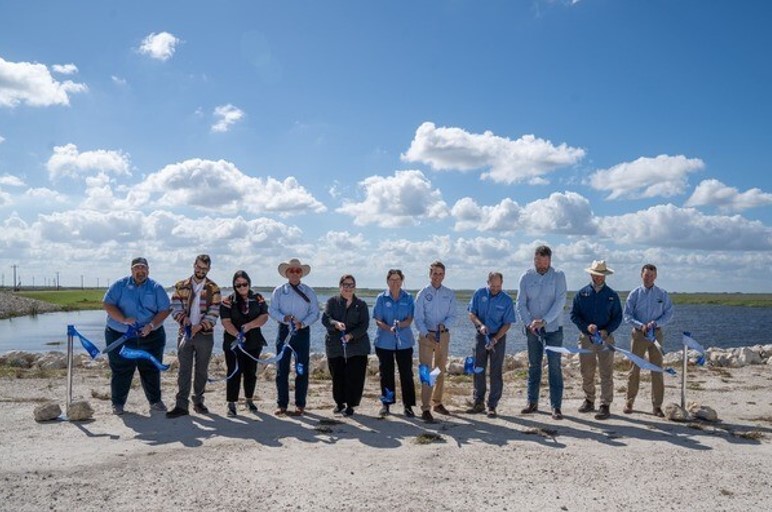
The South Florida Water Management District, the Miccosukee Tribe of Indians of Florida, Seminole Tribe of Florida, U.S. Environmental Protection Agency, the Florida Department of Environmental Protection, and local, state, and federal officials, celebrated the completion of construction on the C-139 Flow Equalization Basin Project. This concludes the construction phase of the Everglades Restoration Strategies Project.
The 2012 Restoration Strategies included 13 projects, more than 6,000 acres of constructed wetlands and over 115,000 acre-feet of water storage. The storage areas capture runoff during storm events and provide a steadier flow of water to the stormwater treatment areas (STAs), helping to maintain the plants and improve the treatment performance of the STAs.
The C-139 Flow Equalization Basin Project is an 11,000 acre-foot shallow reservoir, which stores local basin runoff from the C-139 Basin and controls the flow of water to the adjacent Stormwater Treatment Area (STA) 5/6. This project helps to improve the performance of STA 5/6, removing nutrients from stormwater and improving the quality of water before it flows south to the Everglades.
“This is a massive achievement! Today, I was honored to join many of my colleagues to celebrate the completion of construction for the Everglades Restoration Strategies Project,” said Chauncey Goss, Chairman of the South Florida Water Management District Governing Board. “This is an impressive feat of engineering and construction, and I appreciate all of the time, energy and dedication that went into making this day a reality.”
City of Port St. Lucie Utility Systems Achieves APWA Accreditation
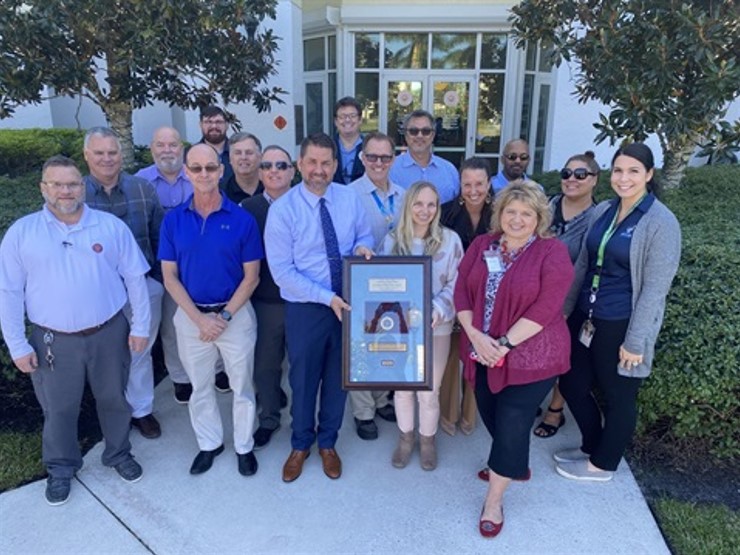
The Port St. Lucie Utility Systems Department has received full accreditation from the American Public Works Association (APWA). The accreditation formally verifies the agency is in full compliance with the recommended management practices set forth in APWA’s Public Works Management Practices Manual.
The City’s Utility Systems Department received 99% compliance with all applicable practices. The city notes there are 23,000 municipalities in North America and of those, only 170 have received APWA accreditation. Port St. Lucie is one of 21 accredited organizations in Florida to receive accreditation by APWA and one of only five cities or counties in the state that have more than one department accredited by APWA.
“Accreditation from the APWA aligns with the Utility Systems Department’s mission to lead the water and wastewater utility industry as we focus on environmental stewardship, the use of innovative operating and maintenance processes to provide safe drinking water and advanced wastewater treatment services, while planning for the needs of the community’s future,” said Utility Systems Director Kevin Matjaszek. “Recognition must be given to the Department’s 332 dedicated employees for their ongoing efforts to provide exceptional customer support and service to each of our more than 95,000 customers as we strive to ensure the health and safety of the community, the Heart of the Treasure Coast.”


